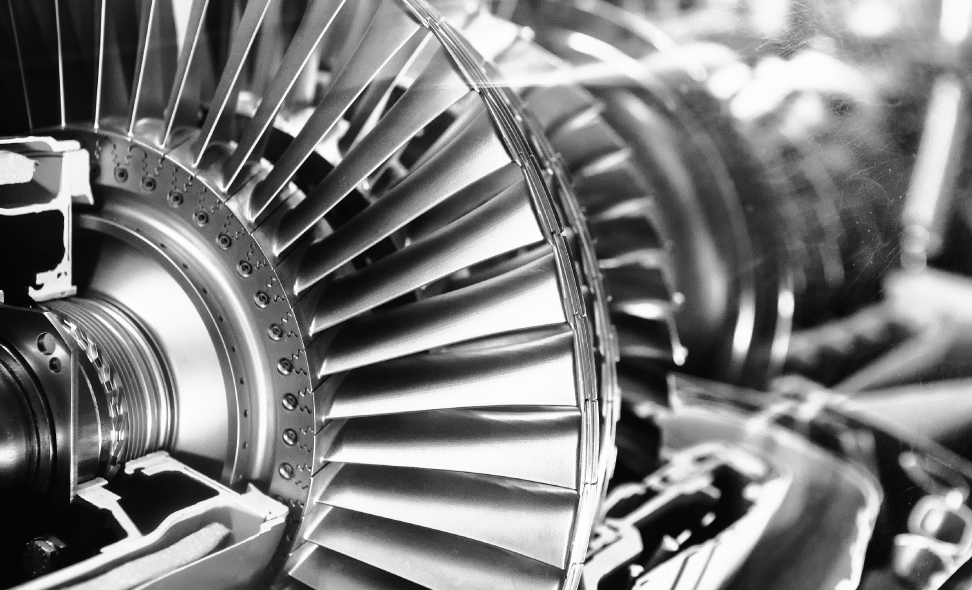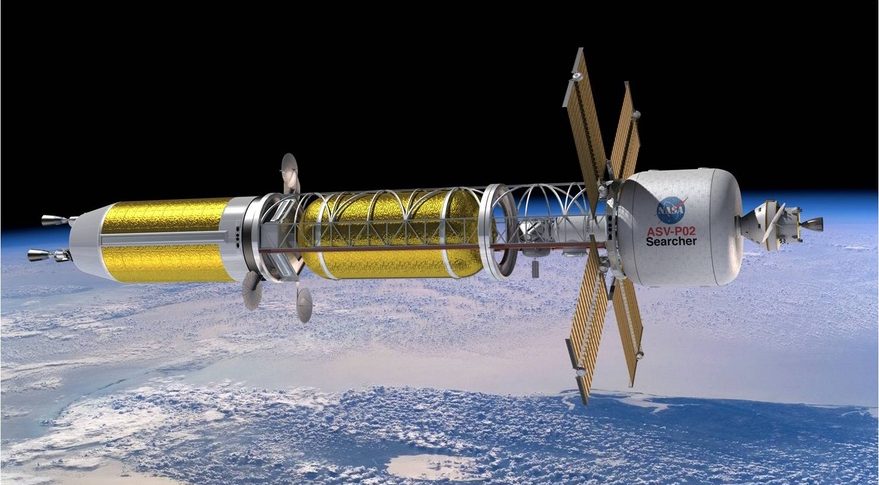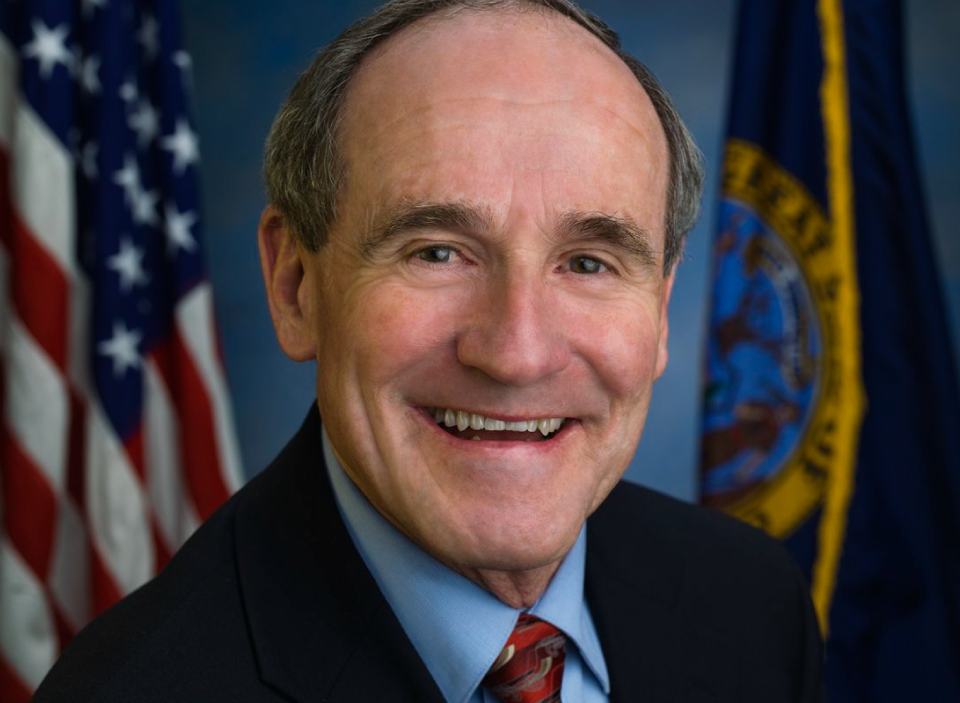
ACF Works with The John Hopkins University Applied Physics Lab on NASA Interstellar Space Probe
February 7, 2020
ACF Collaborates with NASA on Nuclear Thermal Propulsion to Travel to Mars
August 27, 2020July 1, 2020
PRESS RELEASE
ACF Announces Recommendation for Small Business Innovative Research Award
The U.S. Department of Energy’s Office of Science
Idaho Falls, Idaho - Advanced Ceramic Fibers, LLC (ACF) a small, advanced materials technology-based business, has been recommended for a Phase I Small Business Innovative Research (SBIR) award, valued at $250K, from the U.S. Department of Energy’s Office of Science. ACF proposed to develop and demonstrate Ultra High Temperature (UHT) capable, oxidation resistant, Ceramic Matrix Composite (CMC) materials and additive manufacturing processes to be used for the fabrication of hardware that are critical components in hot sections of aero-turbine engines, especially adapted for 3100°F-capable stationary power turbines.
ACF' s technical effort addresses solutions to achieving CMC’s capable of 3100°F operation. Both thermodynamic and oxygen-stable HT materials with additive manufacturing for hardware fabrication are needed to reduce manufacturing costs that severely limit any aggressive industrial adoption of CMC technology. Also limiting the use of CMCs is the onset of thermal and mechanical stresses that induce micro-crack formation into the matrix which then leads to intra-diffusion of reactant hot combustion gas species such as oxygen, nitrogen and hydrogen which eventually degrades the reinforcing fibers and the matrix.
The realization of ACF's approach to UHT-CMCs include economic, social (cleaner air) and significant cost savings with higher performance efficiencies. Stationary gas power generation enables the widespread use of small-scale Distributed Energy Systems up to 550KW to achieve enhanced grid security and protection from disruption. Commercial sector groups will also benefit including Oil/Gas and Shipping. Benefits that return to the government are increased tax revenues related to private sector profits.
ACF’s project entitled: “Additive Manufacturing 3100°F Nanolaminate Matrix for Turbine Engines”, scheduled to begin July 1, 2020, with a completion date of March 28, 2021. ACF has received a letter of support from Raytheon Technologies Research Center (RTRC) due to their interest in innovative concepts that could significantly improve the state-of-the-art in ceramic matrix composites for turbine engine applications.
ACF’s facilities are located in the Idaho Innovation Center (IIC) on 2300 N. Yellowstone Hwy, Idaho Falls, Idaho. Facilities available to ACF include the fiber conversion process production system center and associated business offices. ACF’s office phone number is 208-522-6008 and website address is www.acfibers.com




